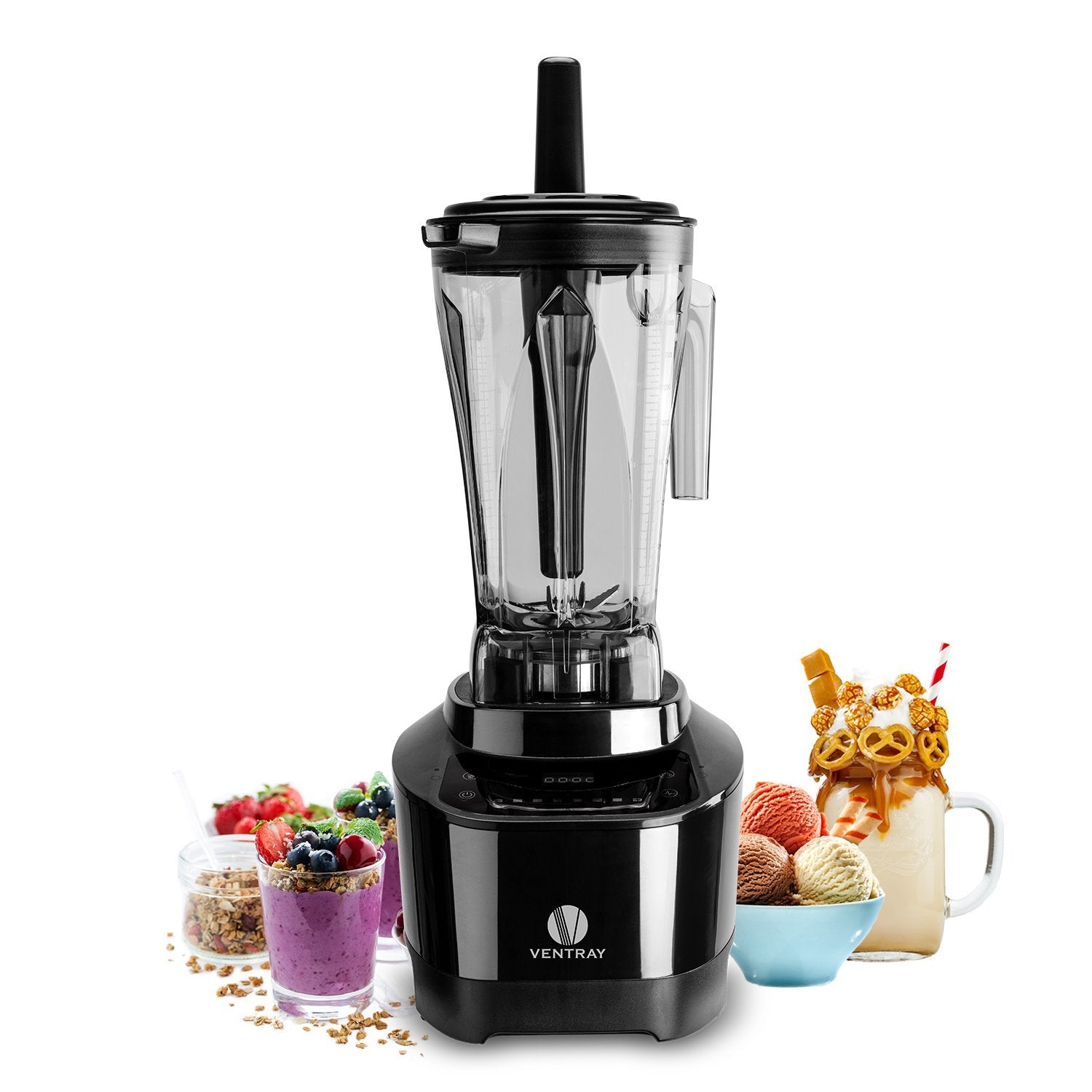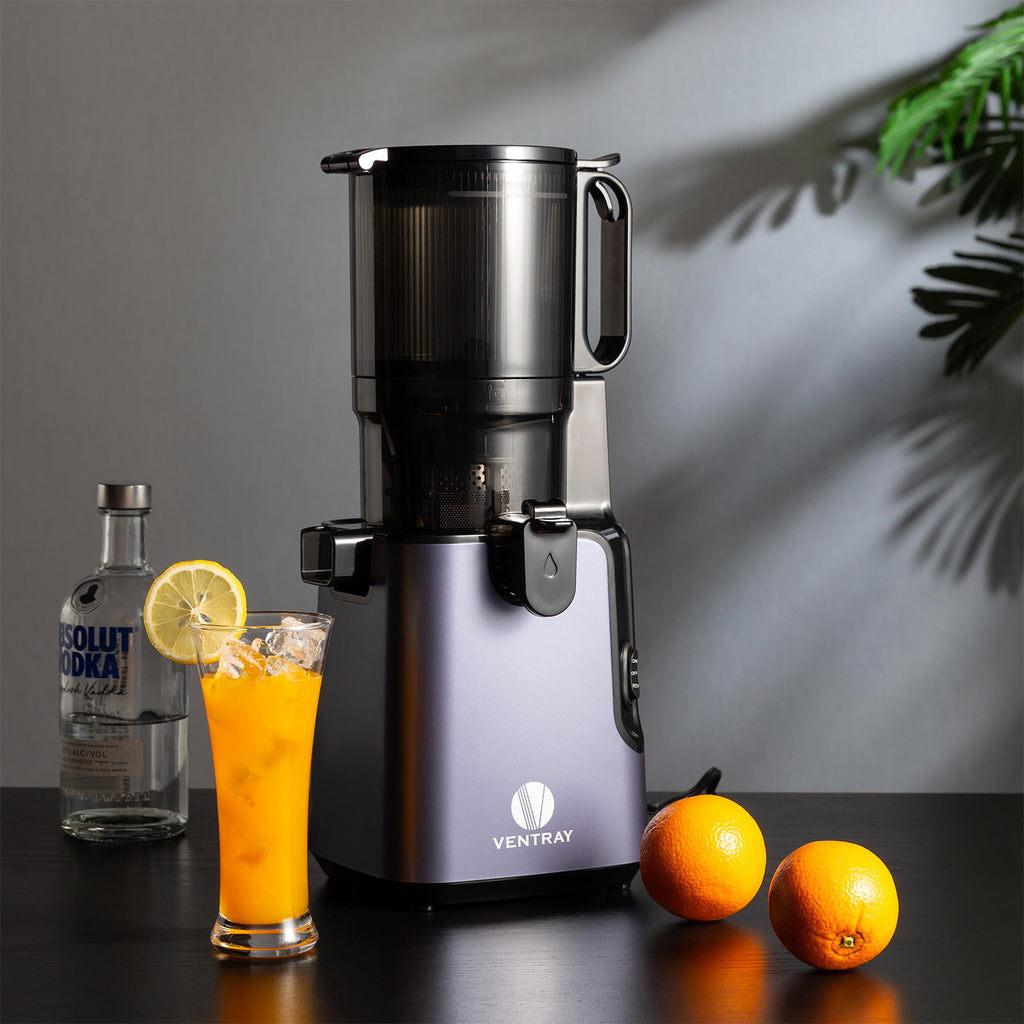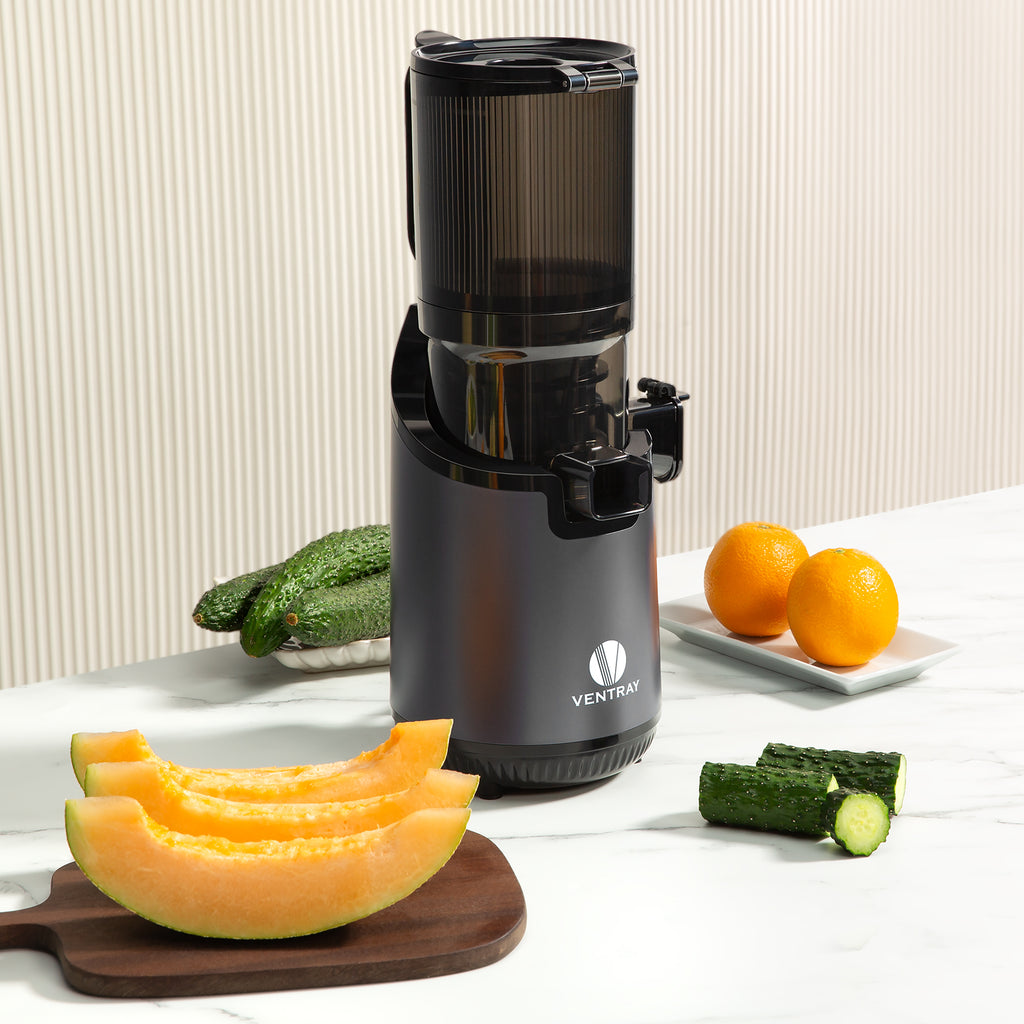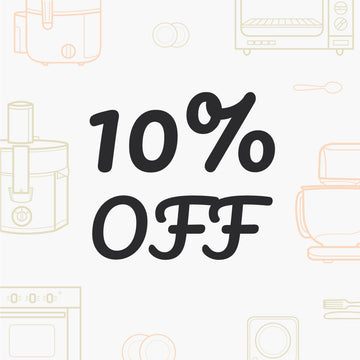Juicer vs. Blender: Main Differences and Which Suits You Best?
So, you’re ready to get serious about healthy drinks, but you’re stuck: juicer or blender? They both turn your fruits and veggies into something delicious, but they’re not twins—more like cousins with totally different personalities. I’ve been down this road, trying to decide if I’m Team Juice or Team Smoothie. Let’s break it down together and figure out which one’s gonna be your kitchen sidekick.
What’s a Juicer?

A juicer’s like that friend who’s super focused—its only job is to squeeze the liquid out of your apples, carrots, or kale, leaving the pulpy stuff in the dust. You end up with a glass of clear, refreshing juice that’s packed with vitamins and goes down easy. It’s perfect for those mornings when you want a quick nutrient hit without feeling stuffed.
There are two main kinds:
- Centrifugal Juicers: These are the fast, loud ones. They shred your produce with a spinning blade and spit out juice in like 30 seconds. You can toss in whole fruits like apples or cucumbers, skin and all. They’re usually cheaper but can be a bit rowdy.
- Masticating Juicers (aka cold press juicers): These take their sweet time, grinding and pressing to get every last drop. They’re quieter, pricier, and supposedly keep more nutrients.
What’s a Blender?

A blender’s the jack-of-all-trades in your kitchen. It doesn’t care about separating juice from pulp—it just smashes everything together into a thick, creamy mix. You’re getting all the fiber, so it’s great for smoothies, soups, or even whipping up some homemade peanut butter. It’s the appliance for people who want options.
You’ve got a few types:
- Countertop Blenders: The OG. They range from basic ones that crush ice to powerhouses like Vitamix that can blend anything short of your phone. Great for big batches.
- Personal Blenders: Think NutriBullet—small, perfect for a quick single-serve smoothie you can take to work.
- Immersion Blenders: These handheld guys are awesome for blending soup right in the pot, but they’re not your go-to for daily smoothies.
Juicer vs. Blender: The Showdown
Both are awesome for making healthy drinks, but they’ve got different strengths. Let’s see how they stack up.
Stuff They Share
- Drink Options: Juicers make crisp fruit or veggie juices. Blenders churn out smoothies, shakes, or even cold soups like gazpacho.
- Healthy Vibes: Both pack your drinks with vitamins, minerals, and those fancy antioxidants everyone talks about.
- Take It To Go: You can find mini versions of both that are portable—some even run on batteries for your camping trips.
- Quick and Easy: They’re lifesavers for busy people. You can whip up a nutritious drink in minutes, no chef skills needed.
- Cost: Both juicers and blenders come in a range of prices—you can find budget-friendly options or high-end models for either appliance.
Where They’re Different
Here’s a quick side-by-side:
| Feature | Juicer | Blender |
|---|---|---|
| What It Makes | Clear juice, no pulp | Thick, pulpy smoothies |
| Texture | Light and smooth | Creamy and hearty |
| Fiber | Leaves it behind | Keeps it all |
| Filling | Not super filling | Keeps you full longer |
| Best For | Juice cleanses, quick vitamins | Smoothies, soups, sauces |
| Nutrients | Fast hit of vitamins | Fiber + nutrients |
| Cleanup | Kind of a hassle | Way easier—rinse and go |
| Noise | Usually quieter | Louder |
| Examples | Breville, Hurom, Ventray | NutriBullet, Blendtec |
Breaking It Down
- What They Do: Juicers give you pure juice, no fiber, perfect for a light, refreshing drink. Blenders blend everything—skin, seeds, the works—into a thicker mix that’s more like a meal. They can also handle tough stuff like frozen bananas or nuts.
- Nutrition: Juice hits your system fast since there’s no fiber to slow it down—great for a quick energy boost. But fiber’s your friend for digestion and staying full, and blenders keep it all in (I read on CDC (Centers for Disease Control and Prevention) that fiber helps keep your blood sugar steady).
- Cleaning: Juicers generally have more detachable parts (like strainers and pulp collectors) to clean compared to blenders, which typically only require washing the jar and blade assembly.
- Versatility: Juicers are one-hit wonders (juice and that’s it). Blenders are like, “Wanna make a smoothie? Soup? Dip? I got you.”
Which One’s Your Match?
It’s all about what you’re into. If you love clear, crisp juices and don’t mind a bit of cleanup, a juicer’s your jam. Think green juice for a detox or a quick vitamin shot before work. If you want a machine that does a bit of everything—smoothies, soups, maybe even some homemade hummus—a blender’s the way to go.
Pick a Juicer If:
- You’re all about that juice life—think celery or beet juice.
- You want nutrients fast, like for a cleanse or energy boost.
- You’re cool with chopping fruit and scrubbing parts after.
Pick a Blender If:
- You love thick smoothies or want one appliance for multiple recipes.
- You want fiber to stay full and keep your digestion happy.
- You need something quick, cheap, and easy to clean.
FAQs
Is juicing or blending healthier?
Blending keeps fiber, which is awesome for digestion and staying full. Juicing gives you a quick nutrient hit but skips the fiber. Both are great—blending’s better for everyday balance, juicing’s perfect for a detox vibe.
Can a blender double as a juicer?
Not really. Blenders make thick mixes, not clear juice. You could blend and strain, but it’s a lot of work compared to a juicer.
What’s good for juicing?
Apples, carrots, spinach, celery, and citrus fruits are awesome—they give you tons of juice and taste great.
Can a juicer make smoothies?
Nope, juicers are juice-only. They ditch the pulp, so you won’t get that creamy smoothie texture.
Juicers and blenders both make your kitchen healthier, but they’re built for different vibes. A juicer’s your go-to for light, nutrient-packed juices. A blender’s the versatile one, perfect for smoothies, soups, and more, with all the fiber to keep you satisfied.


















